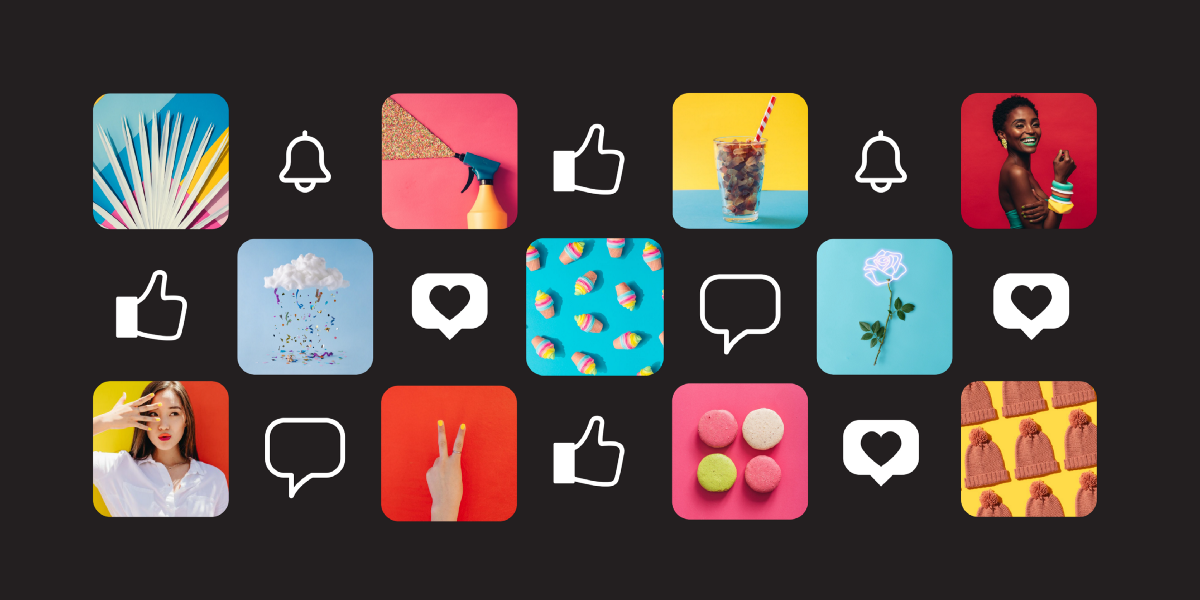Visual storytelling in marketing is more than just using attractive images or flashy videos—it’s about strategically crafting a narrative that communicates your brand’s essence, purpose, and values in a way that immediately resonates with your audience. As humans, we are wired to respond to stories, especially when they are visual. Research shows that visuals are processed 60,000 times faster than text, and people remember 80% of what they see compared to only 20% of what they read. This makes visual storytelling one of the most potent tools in a marketer’s toolkit. Whether it’s through images, graphics, illustrations, or video content, brands can captivate audiences, inspire trust, and create a lasting emotional imprint. The goal isn’t just to be seen—it’s to be remembered, and visual storytelling helps achieve exactly that by combining emotion, design, and narrative into one cohesive experience.
Emotions Drive Engagement
At the heart of every compelling marketing campaign is emotion. Visual storytelling allows brands to tap into this emotional core with far greater impact than text alone. A single image can convey joy, fear, nostalgia, or empathy without a single word being spoken. For example, a photo of a child opening a present on Christmas morning or a video of a rescued animal finding a home can stir powerful emotional responses in viewers. This emotional connection is what drives engagement—people are far more likely to comment on, share, and remember content that makes them feel something. Moreover, emotional storytelling can influence purchasing decisions, as studies show consumers often rely on feelings over logic when evaluating a brand. In this sense, emotional storytelling doesn’t just build affinity; it drives real-world results by strengthening brand-consumer relationships and encouraging action.
Visuals Speak Louder Than Words
We live in a hyper-digital age where content overload is a daily norm. Audiences are bombarded with hundreds of ads, emails, and social media posts every day, making it crucial for brands to communicate their message quickly and effectively. Visual storytelling answers this challenge by delivering information in an instant. Instead of relying on lengthy product descriptions or mission statements, marketers can use visual cues to express ideas quickly—such as a sleek infographic explaining how a service works or a short animated clip summarizing a brand’s values. These visual formats make it easier for consumers to absorb and retain information, while also creating more memorable impressions. In fact, content with relevant images gets 94% more views than content without them. In the race for attention, visuals not only catch the eye—they carry the message.
Building Brand Identity Through Visuals
Your brand’s identity isn’t just what you say it is—it’s what people see and feel when they experience your content. Visual storytelling plays a crucial role in shaping this perception. A brand’s visual language—its logo, color scheme, typography, photography style, and layout—tells a story even before any text is read. This consistency in visuals builds recognition and trust over time. Think of iconic brands like Apple or Nike; their visual style is so distinct that their content is instantly recognizable. Consistent visual storytelling also reinforces the emotional tone of the brand—whether it’s playful and youthful, sophisticated and elegant, or bold and adventurous. When every visual element aligns with your brand’s mission and values, you create a cohesive identity that speaks louder than words and leaves a lasting impression in the consumer’s mind.
Social Media and the Rise of Visual Content

Social media has revolutionized how brands tell their stories. Platforms like Instagram, TikTok, Snapchat, and Pinterest are inherently visual, requiring marketers to think visually first. Here, content must be quick, captivating, and above all, visual to succeed. Posts with strong imagery or engaging videos consistently outperform text-heavy content. Brands have responded by developing more visual-first strategies—using filters, motion graphics, reels, and carousels to grab attention. Moreover, social media enables real-time storytelling, allowing brands to take followers behind the scenes, document events as they happen, or share customer experiences instantly. This constant stream of visual content not only keeps the brand top-of-mind but also invites users into a more intimate and ongoing narrative. In the era of the scroll, brands that leverage strong visual storytelling don’t just blend in—they stand out.
Video: The Pinnacle of Visual Storytelling
Video content has become the crown jewel of visual storytelling. Combining movement, sound, dialogue, and design, videos offer a multidimensional narrative format that can engage audiences on multiple sensory levels. Whether it’s a 30-second commercial, a tutorial, a product demo, or a mini-documentary, video allows brands to convey complex ideas and emotions in an easily digestible format. Viewers are more likely to engage with video content and remember it afterward. In fact, according to HubSpot, 72% of consumers would rather learn about a product or service through video. Videos also increase conversion rates—landing pages with videos can boost conversions by up to 80%. For marketers, this means a higher ROI and deeper customer engagement. And with platforms like YouTube, TikTok, and Instagram Reels making video more accessible than ever, brands of all sizes can harness the power of cinematic storytelling.
Data Storytelling Through Design
Data might be factual, but without proper visualization, it often feels cold, overwhelming, or difficult to understand. Visual storytelling transforms data into a compelling narrative that’s easy to grasp and engaging to explore. Infographics, dashboards, animated charts, and interactive reports allow brands to communicate insights, trends, and performance in a visually appealing way. When storytelling is layered over data, it brings context and meaning to numbers, making them more relatable to the audience. For instance, a charity organization might use an infographic to show how donations directly impact communities, while a startup might use animated charts to highlight growth and milestones. This form of storytelling is particularly valuable in B2B marketing, where decisions are often data-driven. When done well, visual data storytelling not only informs but inspires confidence and trust, enhancing your brand’s credibility and appeal.
User-Generated Content as Storytelling Gold
There’s nothing more authentic—or effective—than a real customer sharing their experience with your brand. User-generated content (UGC) such as selfies, unboxing videos, reviews, or testimonials provides raw, relatable stories that audiences trust. It serves as social proof, signaling to potential customers that real people are benefiting from what your brand offers. In fact, 79% of people say UGC highly influences their purchasing decisions. Visual UGC is particularly powerful because it combines the emotional weight of personal experience with the authenticity that today’s consumers crave. By showcasing UGC in your campaigns or on your social platforms, you not only amplify your brand message but also turn your customers into advocates. It fosters community, loyalty, and trust—all while reducing content creation costs and increasing reach through shares and engagement.
Immersive Technologies Amplify Stories
New and emerging technologies like augmented reality (AR), virtual reality (VR), and 360-degree video are reshaping the way visual stories are told in marketing. These immersive tools create highly engaging experiences where users don’t just watch a story—they become part of it. Brands can use AR to let customers try on products virtually, VR to offer simulated travel experiences, or interactive videos to personalize the storytelling journey. These innovations provide a new level of interaction that enhances emotional impact and keeps audiences invested. As consumer expectations evolve, immersive storytelling will become an essential tool for brands seeking to differentiate themselves. It offers a unique blend of entertainment, utility, and engagement, setting the stage for more memorable and meaningful customer experiences.
Authenticity is the New Aesthetic
In an age dominated by filters and polished branding, authenticity has emerged as the most valuable currency in marketing. Visual storytelling isn’t just about creating beautiful content—it’s about creating real content. Audiences, particularly younger generations, are increasingly drawn to brands that feel human, transparent, and relatable. This means showing the messy behind-the-scenes moments, celebrating imperfection, and featuring real people over models. Authentic visuals create emotional depth and vulnerability, allowing brands to build stronger, more personal connections. Instead of broadcasting a message, authentic storytelling invites conversation and builds trust. Brands that lead with honesty in their visual content don’t just gain followers—they build communities that care.
Conclusion: Turning Vision into Connection
Visual storytelling in marketing is no longer optional—it’s essential. In a world flooded with content and fleeting attention spans, the ability to communicate a brand’s message through compelling visuals is what sets successful campaigns apart. It’s not just about showcasing products or services, but about weaving emotion, authenticity, and meaning into every frame, photo, and design. From sparking emotional connections and building brand identity to leveraging emerging technologies and user-generated content, visual storytelling empowers marketers to craft narratives that are both impactful and memorable.
The most effective stories aren’t always the loudest—they’re the ones that feel real, resonate emotionally, and linger in the mind long after they’ve been seen. When brands embrace the art of visual storytelling with intention and creativity, they don’t just reach audiences—they connect with them, inspire them, and become part of their story too.
















